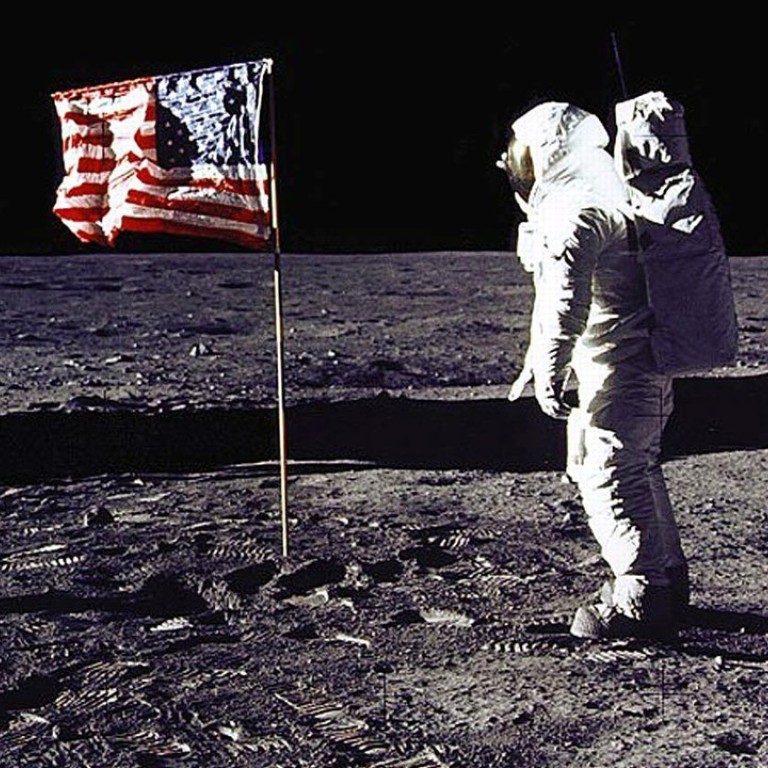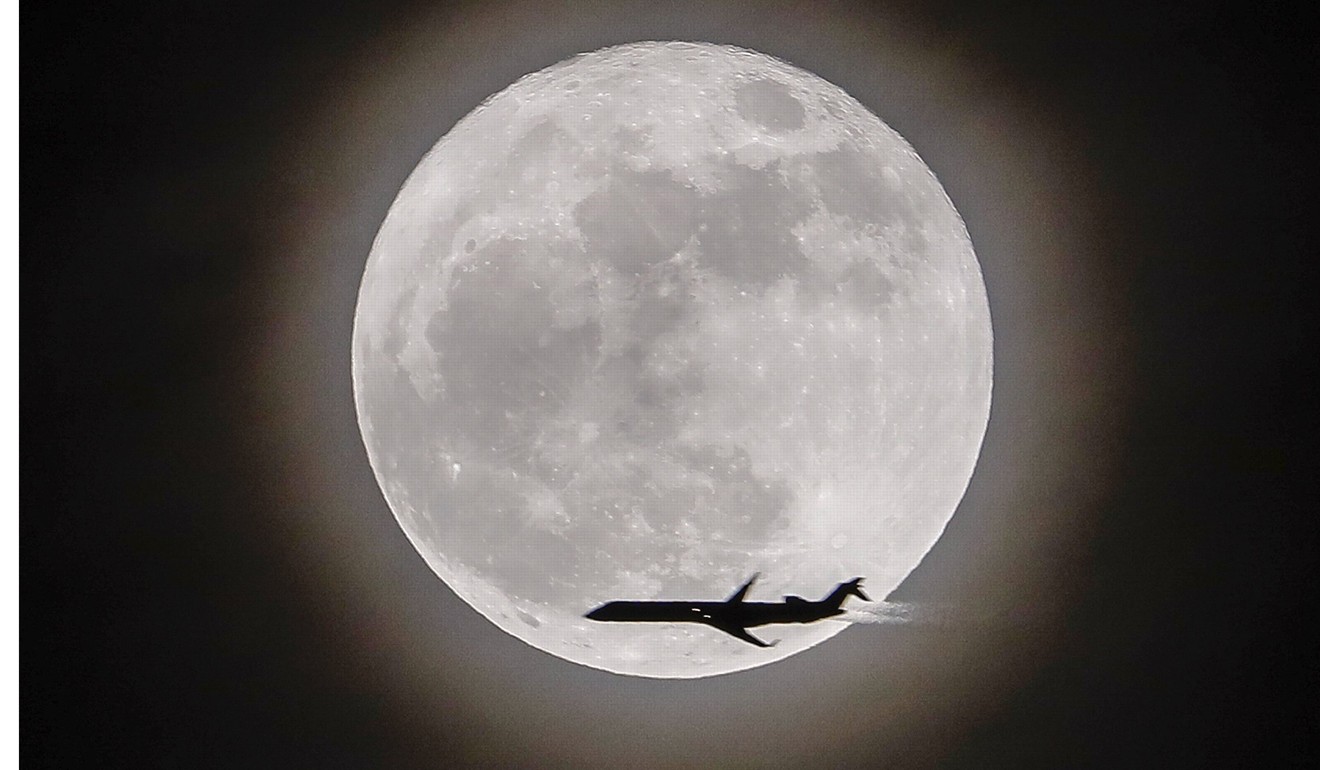
Japan plans to join US-led project to build space station in moon orbit
Move comes as US President Donald Trump instructed Nasa to send astronauts back to the moon – and eventually to Mars
Japan has approved a plan to join a US-proposed project to build a new space station in the moon’s orbit, hoping for a chance to beat China’s effort to send astronauts to the lunar surface for the first time.
Under its basic space policy roadmap, Japan is looking to contribute to the US-led project, which is expected to be completed in the latter half of the 2020s, with its unmanned cargo ship and technology to prevent space radiation.
“Areas of activity for human beings (in space), including development around the moon, have expanded very much. We will accelerate discussions of international probing of space by strengthening cooperation with the United States and others,” Prime Minister Shinzo Abe told a meeting of the government’s strategic headquarters for space policy, which he chairs.
Japan endorsed the plan after Abe and US President Donald Trump agreed in their summit talks in November to promote collaboration in space exploration. Tokyo also aims to keep a voice in the field of space development.
On Monday, Trump instructed Nasa to send astronauts back to the moon in an effort to lay a foundation for a mission to Mars.
“We are the leader and we’re going to stay the leader, and we’re going to increase it many fold,” Trump said in signing “Space Policy Directive 1” that establishes a foundation for a mission to the moon with an eye on going to Mars.
“This time, we will not only plant our flag and leave our footprint, we will establish a foundation for an eventual mission to Mars,” Trump said.

“And perhaps, someday, to many worlds beyond.”
Back in June, China’s space official said the country was making “preliminary” preparations to send a man to the moon, the latest goal in China’s ambitious lunar exploration programme.
Space policy experts agree that any attempt to send people to Mars, which lies an average of 225 million kilometres from Earth, would require immense technical prowess and a massive wallet.
The last time US astronauts visited the moon was during the Apollo missions of the 1960s and 1970s.
On July 20, 1969, US astronaut Neil Armstrong became the first man to walk on the moon.
The goal of the new moon missions would include “long-term exploration and use” of its surface.
“We’re dreaming big,” Trump said.
His administration has previously held several meetings with SpaceX boss Elon Musk and Amazon owner Jeff Bezos, who also owns Blue Origin.
A White House statement acknowledged that partnerships with other nations and private industry could well be on the cards.
The US “will work with other nations and private industry to return astronauts to the Moon, developing the technology and means for manned exploration of Mars and other destinations in our solar system,” it said.
Kyodo, Agence France-Presse, Reuters
